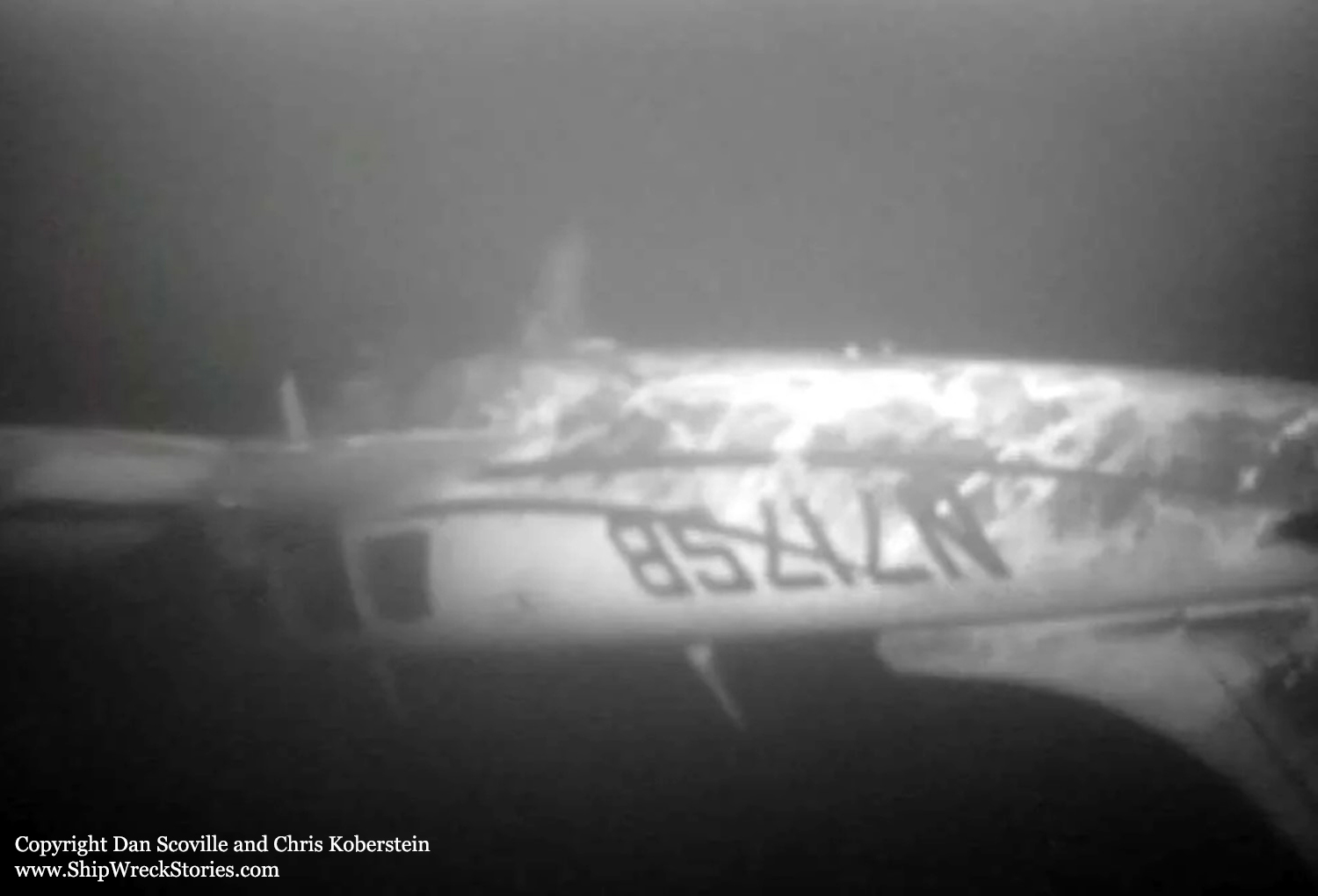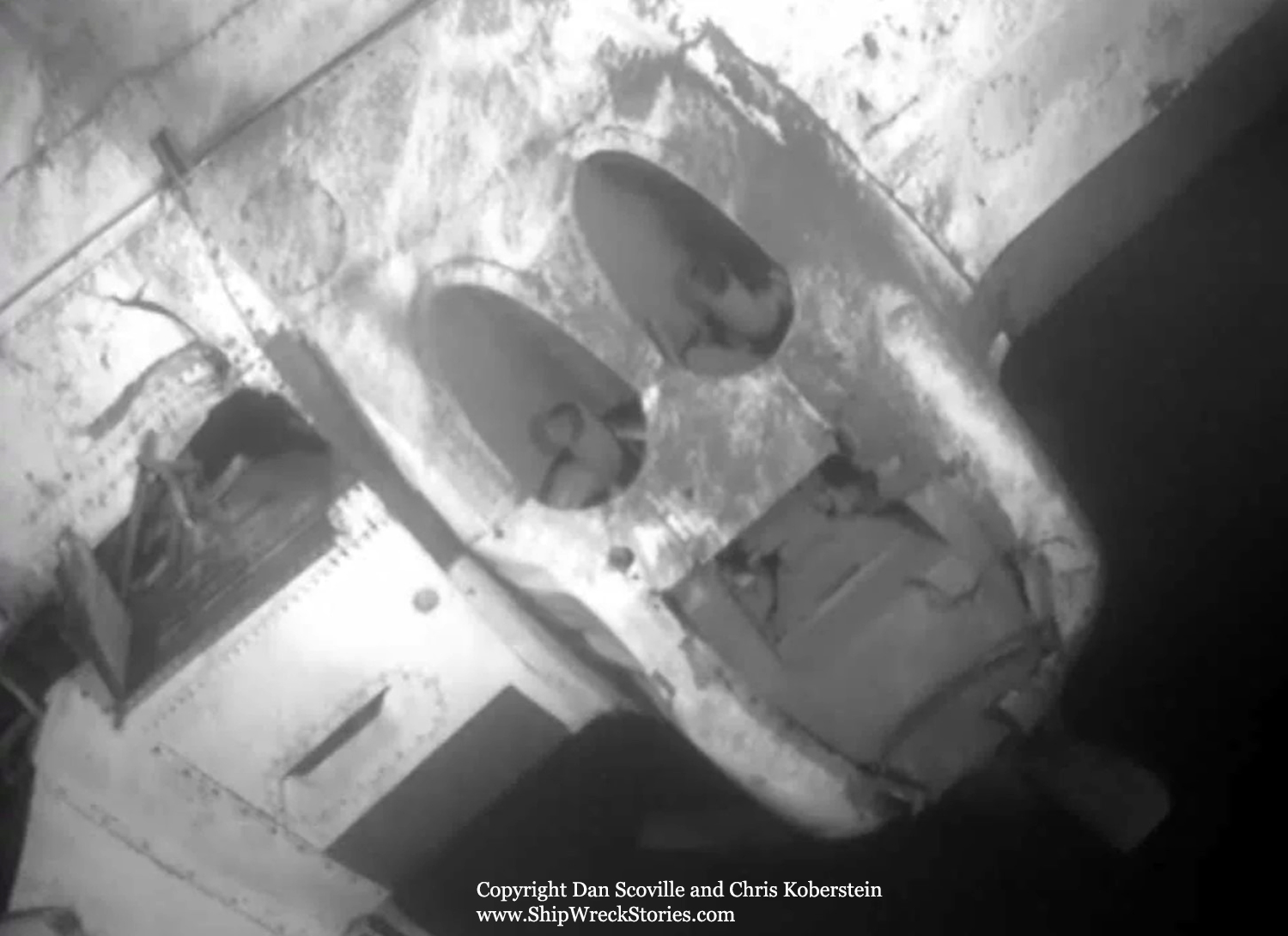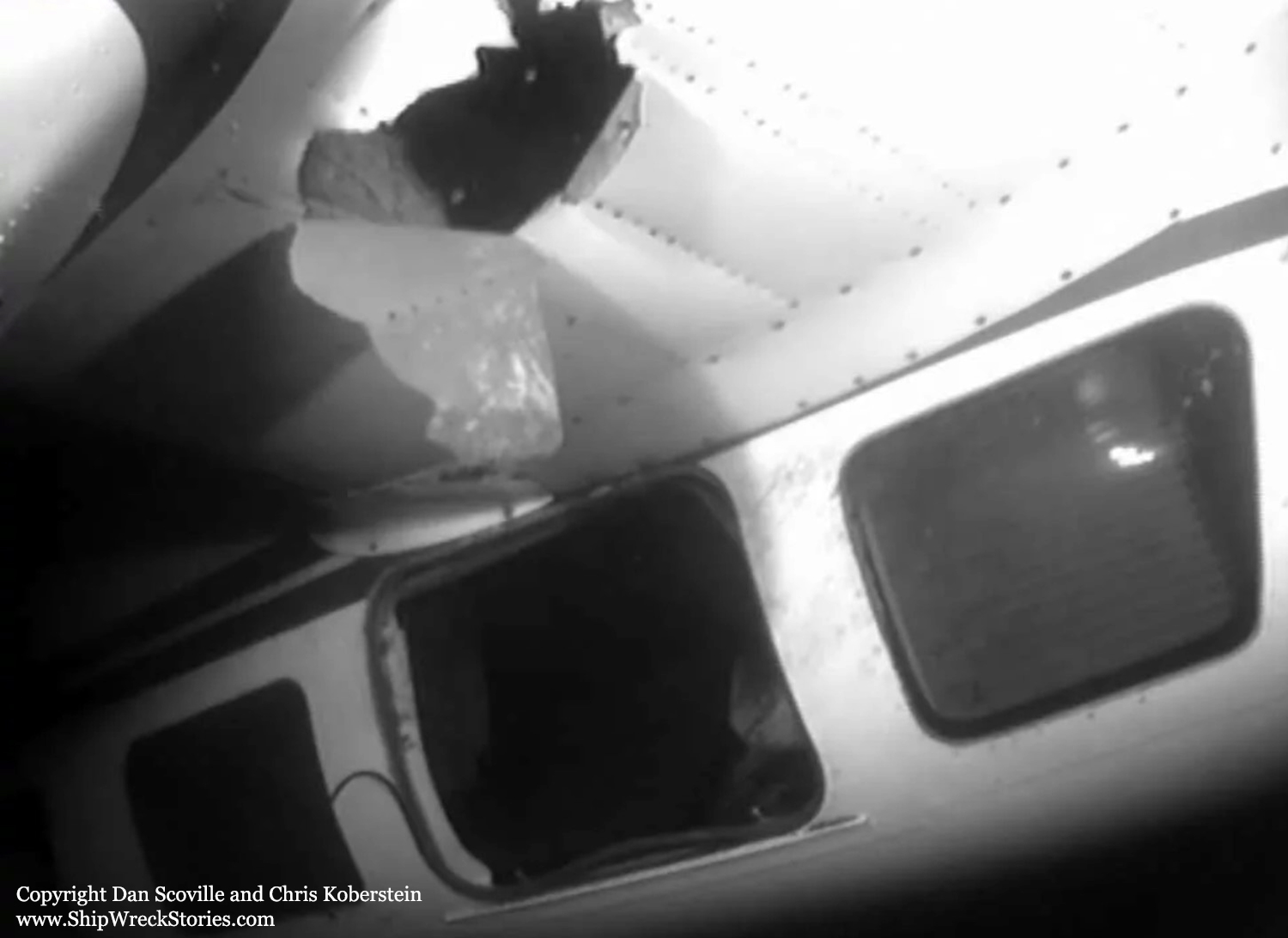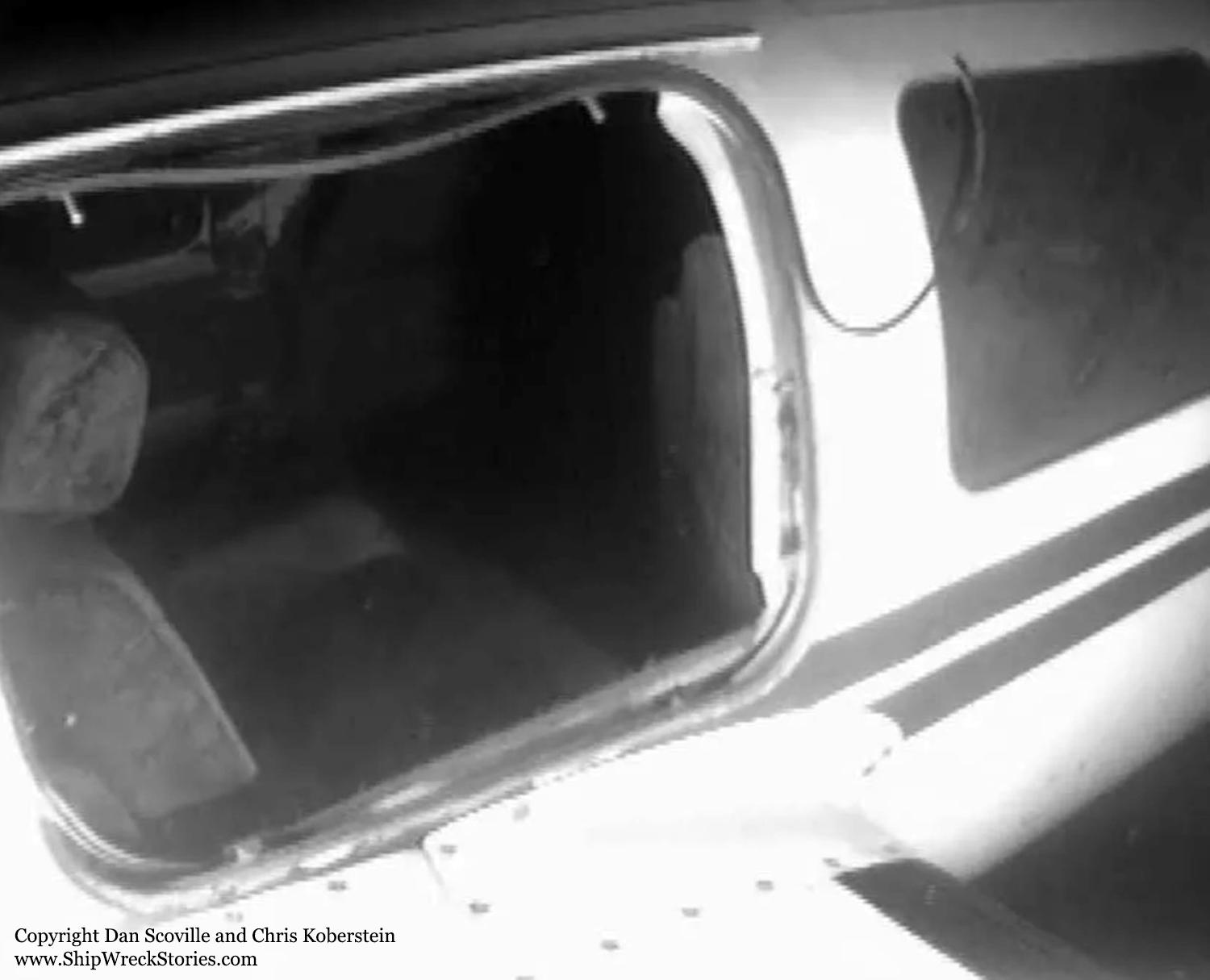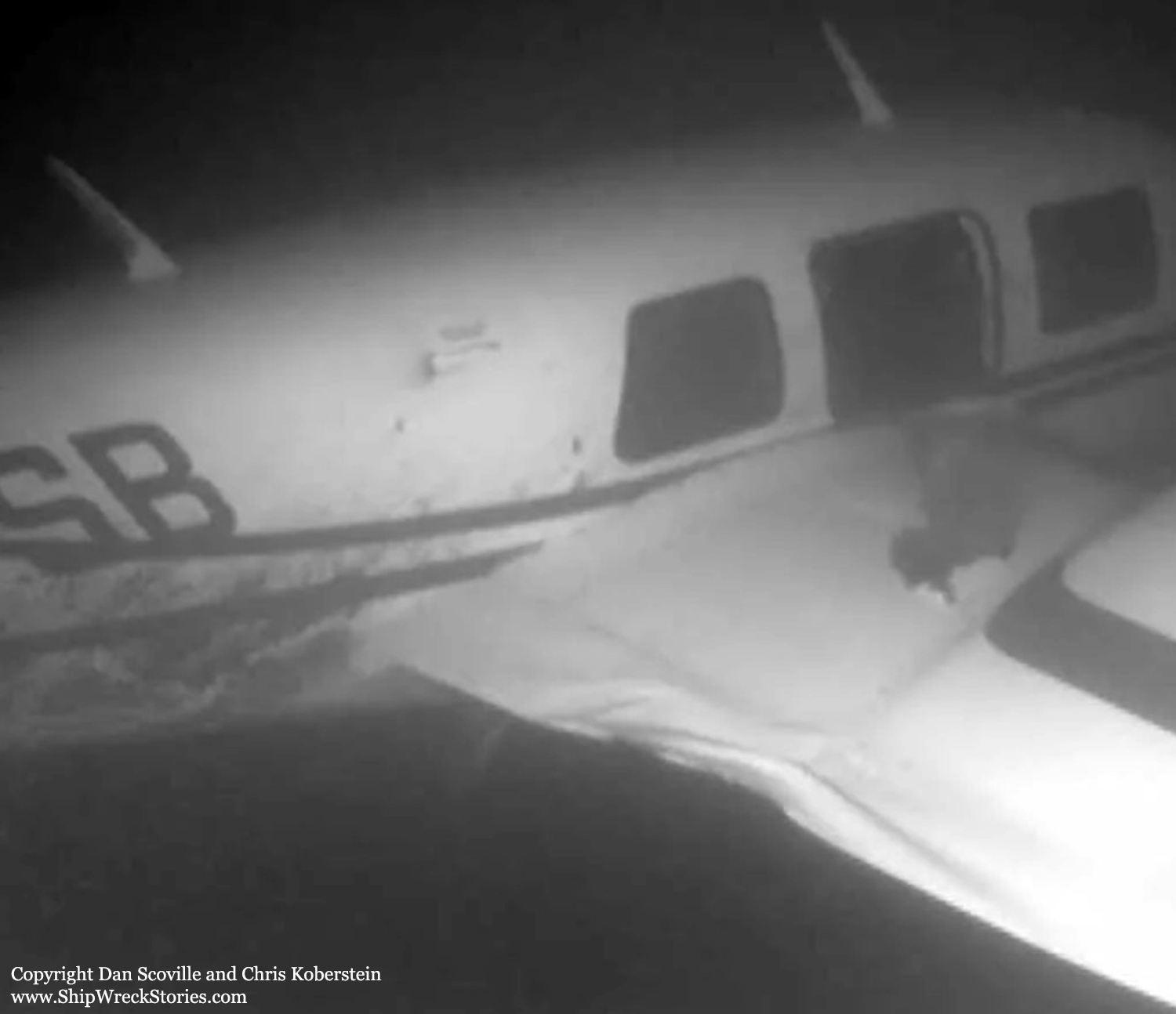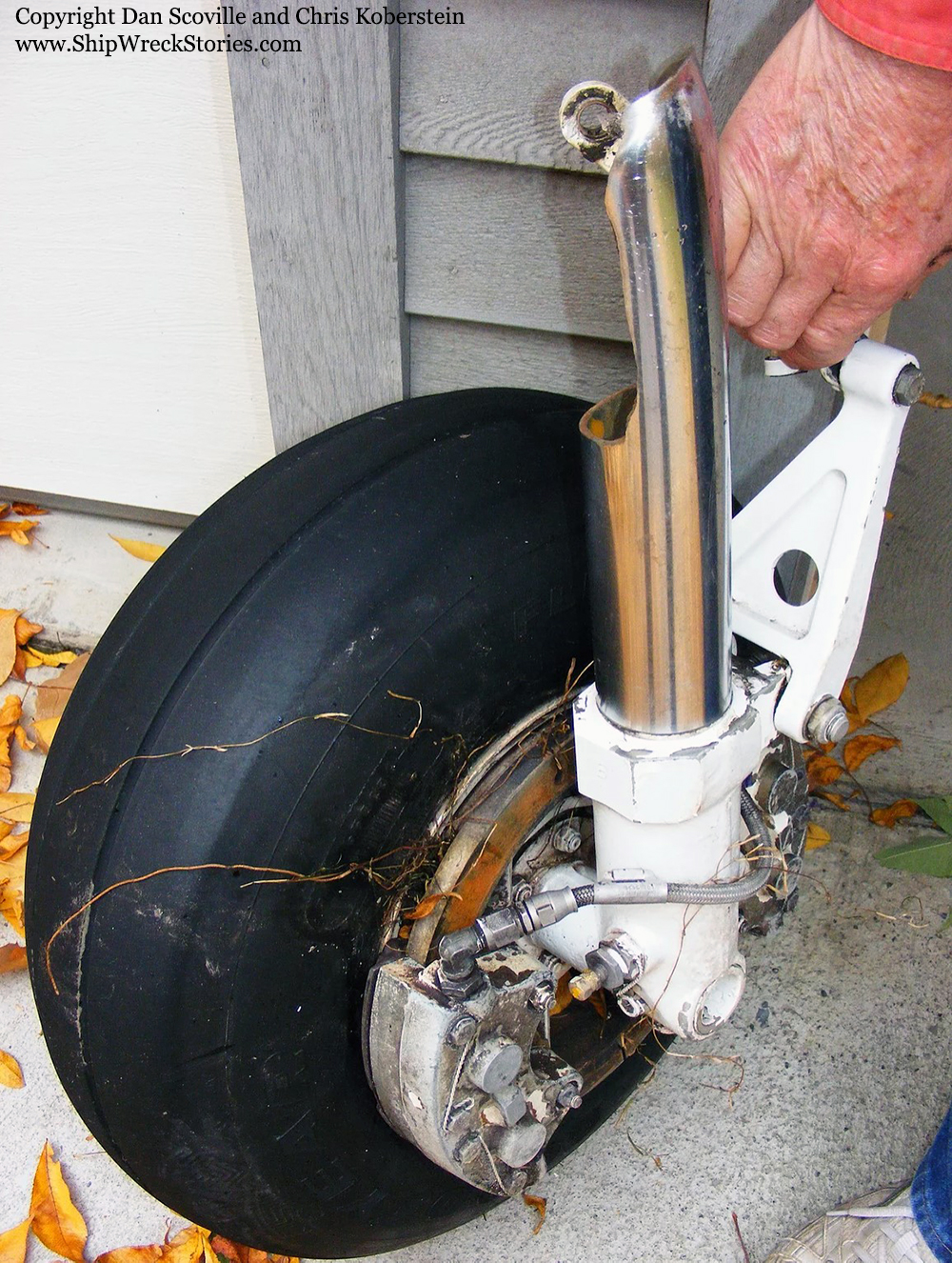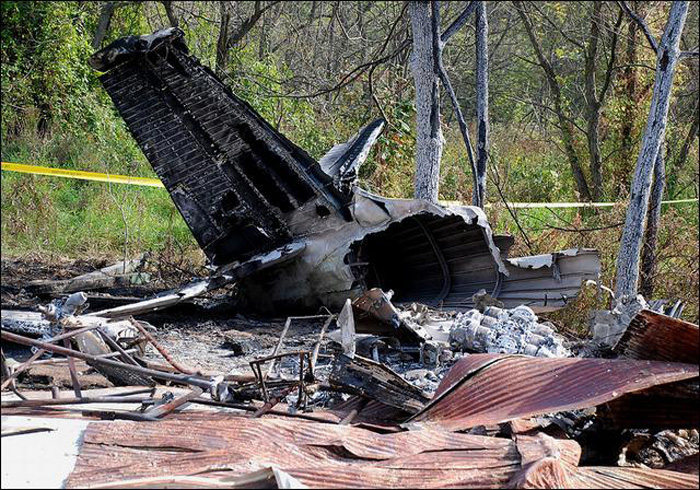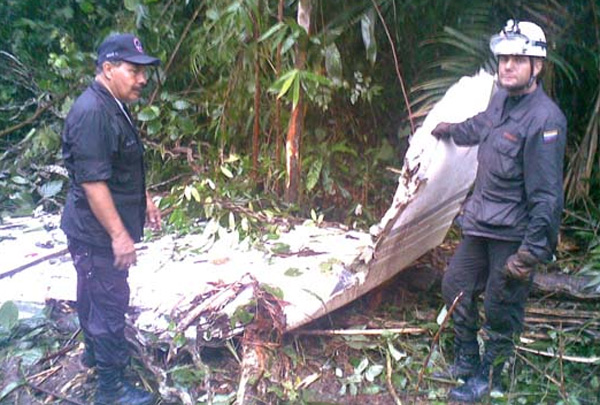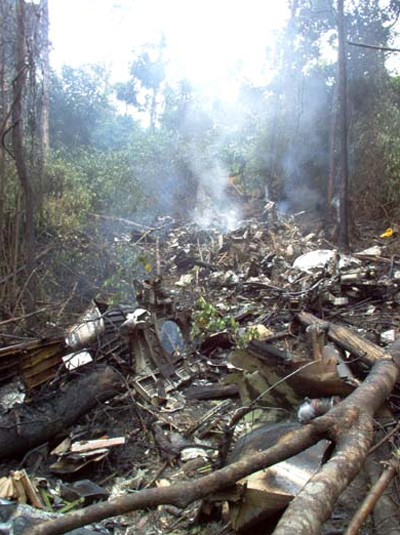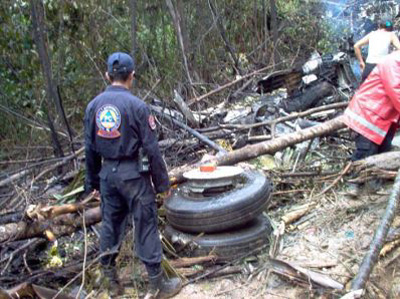Crash of a Cessna 340 in Port Clinton: 4 killed
Date & Time:
Jan 12, 2008 at 1239 LT
Registration:
N2637Y
Survivors:
No
Schedule:
Mansfield - Port Clinton
MSN:
340-0013
YOM:
1971
Crew on board:
1
Crew fatalities:
Pax on board:
3
Pax fatalities:
Other fatalities:
Total fatalities:
4
Captain / Total hours on type:
13.00
Aircraft flight hours:
6820
Circumstances:
During the landing approach, a witness saw the twin-engine airplane slow and stall. The airplane crashed short of the runway, in a residential backyard. An airport manager flew with the pilot 8 days before the accident. The manager reported that during his flight the pilot flew the approach and landing with the aural stall warning horn activated. The manager advised the pilot of the aural warning, however no corrective action was taken by the pilot during that flight. An on-scene investigation revealed no preimpact mechanical anomalies. The pilot had about 12.6 hours of flight time in the accident airplane, of which 7.7 hours were dual instruction. Due to the lack of any mechanical problems with the airplane, the pilot's minimal experience in twin-engine airplanes, and his history of flying the airplane too slow, it is probable that he allowed the airspeed to decay below a safe speed, and inadvertently stalled it.
Probable cause:
The pilot's failure to maintain sufficient airspeed to avoid a stall during the landing approach.
Final Report:





